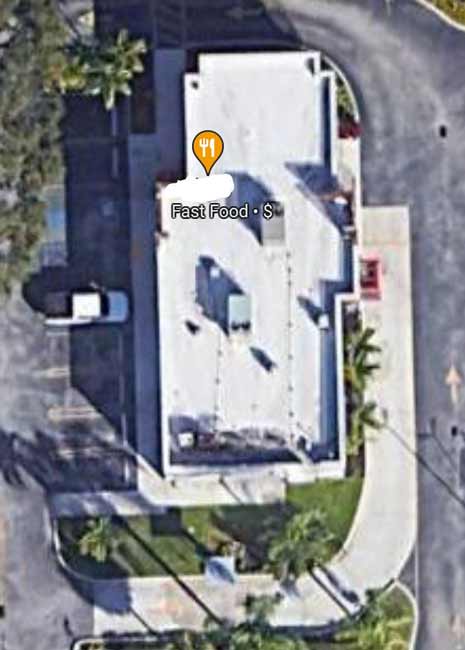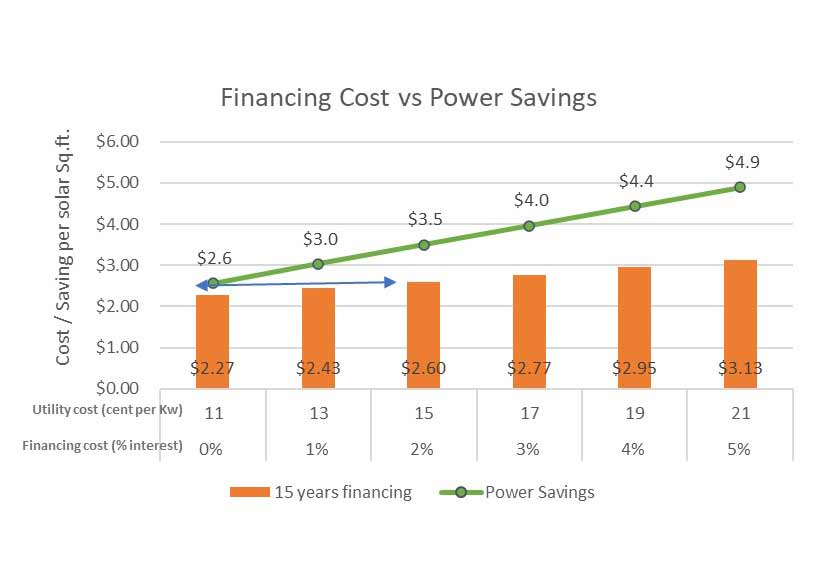Is it time for restaurants to check out solar power?
This idea started on my personal quest to go green without spending a lot of money. About a year ago without much research, I decided to click on an internet ad for a solar power company. Before I knew it, I was being bombarded with e-mails and calls about changing my home to solar power. Even though the first couple of companies I talked to were pretty pushy, I ended up evaluating a few options and we finally went solar at the beginning of 2022.
Before making such a transition, though, we had to weigh many factors. How much are we paying for electricity and how much will we have to pay for the solar system? Would companies be interested in installing solar given how much electricity my home consumes? Do we have enough space on the roof to accommodate the solar energy system? Will the panels make my roof look ugly and devalue my home?
As an engineer, these questions sent me into a full-blown analytical mode.
Our home consumes 17,000 kilowatt hours of electricity per year, which was enough to draw the interest of solar power companies. Further, our home has a big flat roof section large enough to accommodate the number of panels necessary to generate enough electricity to meet our monthly needs. And the positioning of this space on the roof means it is not visible from the street or the backyard.
 Now that the panels are working, our family’s monthly electricity cost went from $220 a month to $0. Of course, nothing in life is free. We do pay the electric company $30 a month to have access to the grid when the sun is out. In addition to that, I pay $150 in a month to the solar company for the system. So, I am cash flow positive $40 a month and the sun generates all of my power.
Now that the panels are working, our family’s monthly electricity cost went from $220 a month to $0. Of course, nothing in life is free. We do pay the electric company $30 a month to have access to the grid when the sun is out. In addition to that, I pay $150 in a month to the solar company for the system. So, I am cash flow positive $40 a month and the sun generates all of my power.
This exercise got me wondering if solar could be a viable money-saving opportunity for restaurants. Consider that power expenses could be 1% to 2% of cost of sales, which can translate to thousands of dollars a month in utility costs. Also, restaurant consumption is much higher than a home, usually requiring 130,000 to 140,000 kWh per year. While not an apples-to-apples comparison, by any stretch it’s still something worth exploring.
With that in mind, let’s tackle the issues one by one:
Space: Most restaurants we work with typically have flat roofs with sofits for aesthetic purposes that would shield a solar installation. Plus, there is plenty of unutilized roof space to accommodate a solar installation. Take, for example, the typical QSR building seen in the adjacent image.
A good portion of the roof could be utilized to setup solar panels, without impacting the view from the street. Based on my own experience in Florida you can generate around 23.3 kWh per square foot of solar panels installed. A typical restaurant has a 2,400 to 3,500 square-foot roof and if 50% goes toward solar production, that would translate into an annual production of 28,000 to 40,000 kWh per year. For the purposes of this example, let’s use 3,500 square feet for the basis of the calculations to follow.
Now, let’s see how much it would cost to purchase that kind of power from an electric company. Based on a U.S. electricity profile study from 2021, 70% of states will charge 11 cents to 21 cents per kWh. So the solar surface mentioned above, a 40,000 kilowatt roof could eliminate $4,400 to $8,100 a year in electricity cost.
Installation cost: For my home, it cost to around $34 per square foot with tax credits to install the solar electricity system. So, the cost for our restaurant example would be around $60,000. That means that the payback at current power rates would be 10 to 18 years. In most cases, though, these projects are financed, so in an attempt to simplify the math, I created the chart below. The annual cost for system finance over 15 years would be $4,200 to $5,400.
To make the calculations more generic, we can translate it to cost and saving per square feet of solar panels. In the chart below the green line represents savings per square foot and how it changes based on the cost per kWh. In more economical states it costs about $2.60 kWh while in states where power is expensive it could be as high as $4.90 per kWh. The orange bars represent the financing cost. The cost of financing such a system would change based on primarily two factors: the financing period and the financing rate. If you pay off the system over 15 years and financing interest ranges from 0% to 5%, the total cost per square foot would be $2.27 to $3.13. The chart below shows the cost and saving per square foot of solar panels.

In the example above monthly cost would be equal if the power cost is 11 cents and the system is paid in 15 years at 2% interest. After 15 years the system would be paid off and the power saving should remain. Under that example with power costs exceeding 13 cents per kWh the project would be cash flow positive at all interest rates shown 0% to 5%.
Some companies offer an interesting model in which they lease the panels to the restaurant for a shorter commitment, say three years. This approach can be appealing to operators by reducing the risk and focusing only on potential monthly savings.
Based on the electricity consumption of a typical restaurant, the location would require a solar roof surface of close to 6,000 square feet to fully offset the restaurant’s energy consumption. Using only 50% of a 3,500 sq. ft. of roof space will only cover 30% of the total electricity consumption.
So for an investment to be worthwhile in solar:
- The location needs to be close enough to the sun to create enough power
- Higher utility costs, 15 cents per kilowatt or more, would have a much faster payback
- The financing cost is less than 3% or a lease option is available.
It will be rare that a restaurant using the roof only will be able to generate all the power it needs but operators could replace part of their power costs with a solar system and in the best of case scenario the generated power could have a positive cashflow of up to 40% to 60%.



